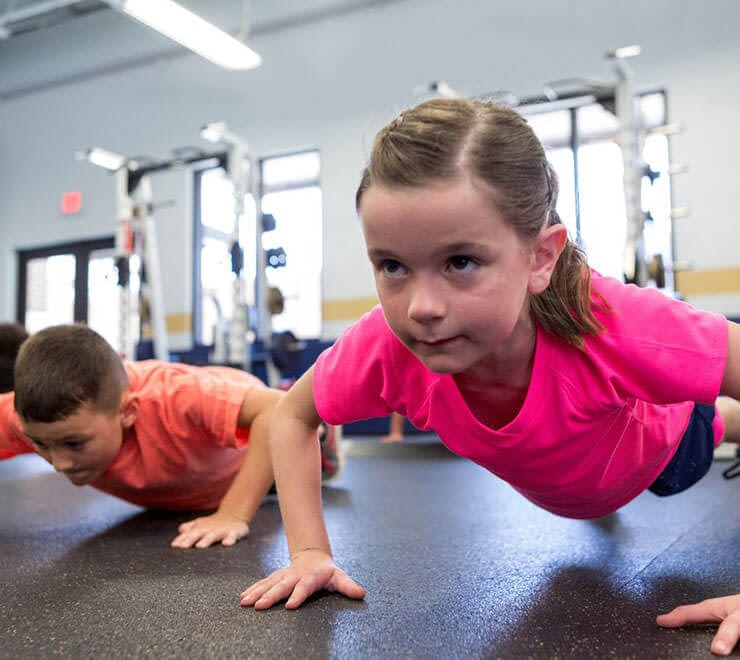
Have difficulty performing movements safely (e.g.Be unable to perform the same skills as their peers (e.g.Participate in physical activity for only short periods (as they has low endurance).Move stiffly and lack fluid body movement or alternatively looks awkward and appear clumsy.Be late in reaching developmental milestones (i.e.

How can I tell if my child has problems with strength and endurance?Ī child with problems with strength and endurance might: Crossing Mid-line: The ability to cross the imaginary line running from a child’s nose to pelvis that divides the body into left and right sides which help make movement in all directions easier.Postural Control: The ability to stabilize the trunk and neck to enable the efficient coordination of limbs for task performance (e.g.Muscle tone: Residual muscle tension which helps determine the muscles ‘readiness to work’.Sensory processing: The accurate registration, interpretation and response to sensory stimulation in the environment and one’s own body.Coordination: The ability to integrate multiple movements into efficient task performance such as ball games.Body Awareness (proprioception): Knowing body parts and understanding the body’s movement in space in relation to other limbs and objects for ‘automatic’ movement to develop.

What are the building blocks necessary to develop strength and endurance? Another important benefit to note is that when a child has good strength, they are more likely to have stronger tendons, ligaments and general joint health which reduces the risk of serious injury. Improving strength and endurance contributes to a higher metabolism, which increases caloric use both while at work and rest, which in turn reduces the risk of obesity. Muscular endurance helps maintain proper posture all day long. carrying heavy school bags, walking, running, skipping, playground skills such as climbing, and sporting skills such as catching, throwing and hitting a ball with a bat). holding a pencil appropriately, cleaning teeth), gross motor skills (e.g. Strength and endurance are important to enable children to perform every day functions such as fine motor skills (e.g. Why are strength and endurance important? Muscular endurance is similar to muscular strength in that strength is required to initiate movements, but it is the muscles endurance capacity that enables it to continue for multiple efforts. Muscular endurance is the ability of a muscle or group of muscles to exert force repeatedly. When the muscles contract and there is movement at a joint, such as a bicep curl, this is called an isotonic contraction. It might be that you carry an object in front of you and you contract your biceps, but there is no movement as your arms are neither raising nor lowering. Exerting force may or may not mean there is movement of the joints or body. Muscular strength is the ability to exert force against resistance. In practical terms, muscle strength is how strong the child is and muscular endurance is how long the child’s muscles can work.


 0 kommentar(er)
0 kommentar(er)
